After four years of meticulous renovation, the Michael C. Rockefeller Wing at the Metropolitan Museum of Art has reopened its doors, ushering in a new chapter for the display and interpretation of art from sub-Saharan Africa, Oceania, and the Ancient Americas. And in a city as saturated with spectacle as New York, the Met’s Rockefeller Wing is now quietly one of the most radical exhibition spaces in town.

Spanning 40,000 square feet, the revamped wing now houses over 1,800 works of art, including recent acquisitions and commissions by Indigenous artists. The galleries are designed to highlight the uniqueness of each cultural collection, with improved lighting, display systems, and multimedia content that provide deeper context and enhance the viewing experience.
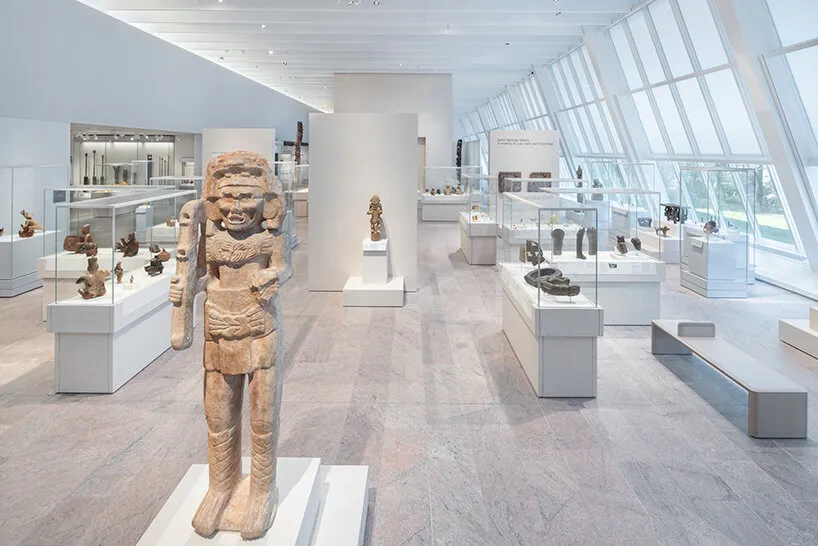
A Vision Rooted in Respect and Relevance
The $70 million renovation helmed by Los Angeles-based architect Kulapat Yantrasast of WHY Architecture, alongside preservation architects Beyer Blinder Belle, wasn’t about modernizing for modernity’s sake. The goal was to create an environment where these globally significant collections could breathe, connect, and teach. Gone are the dark, monolithic galleries of decades past. In their place is a layout that respects the cultural origins of each object while embracing contemporary museum standards for light, flow, and access.
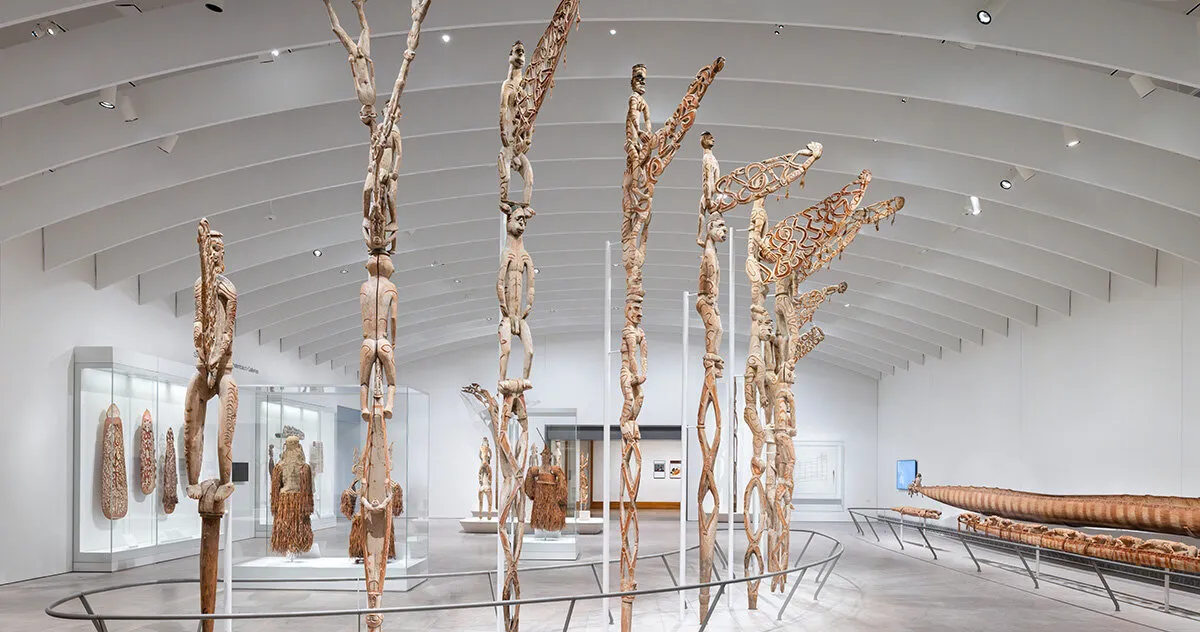
This translates into a sweeping, light-filled series of galleries, some of which now feature sloped glass curtain walls that admit natural light while protecting fragile materials. Each region, Africa, Oceania, and the Americas, is treated with equal rigor and given its narrative structure, a stark contrast to the outdated colonial-era conventions still seen in many Western museums.

Rethinking the Role of the Museum
The Rockefeller Wing originally opened in 1982, based on Nelson Rockefeller’s vision and fueled by his son Michael’s fieldwork and collecting efforts. Though revolutionary for its time, the original installation tended to flatten the distinctiveness of each culture represented, often grouping works more by geography than meaning. The 2025 reboot decisively moves away from that model.
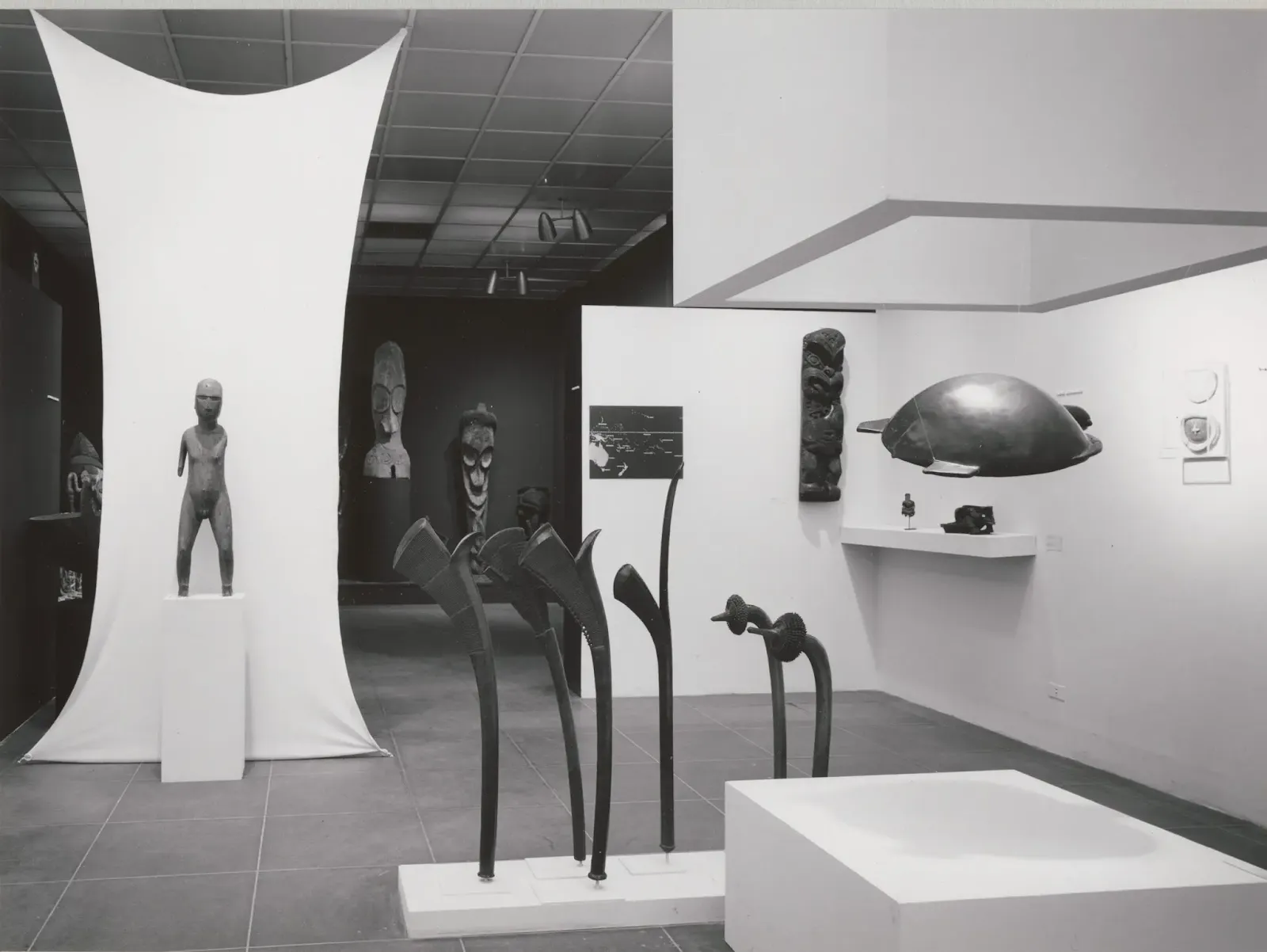
Now, more than 1,800 objects are on view, including new acquisitions and specially commissioned pieces by living Indigenous artists. Instead of showcasing these works as “ethnographic specimens,” the new galleries honor them as high art, technically accomplished, symbolically rich, and culturally resonant.

The gallery for Oceanic art includes monumental slit gongs from Vanuatu and intricately carved spirit figures from Papua New Guinea, each displayed with visual breathing room and supported by multimedia contextual aids. Nearby, the African galleries showcase the power of masquerade traditions with dynamic installations that suggest movement and community participation, rather than isolating the objects on plinths.
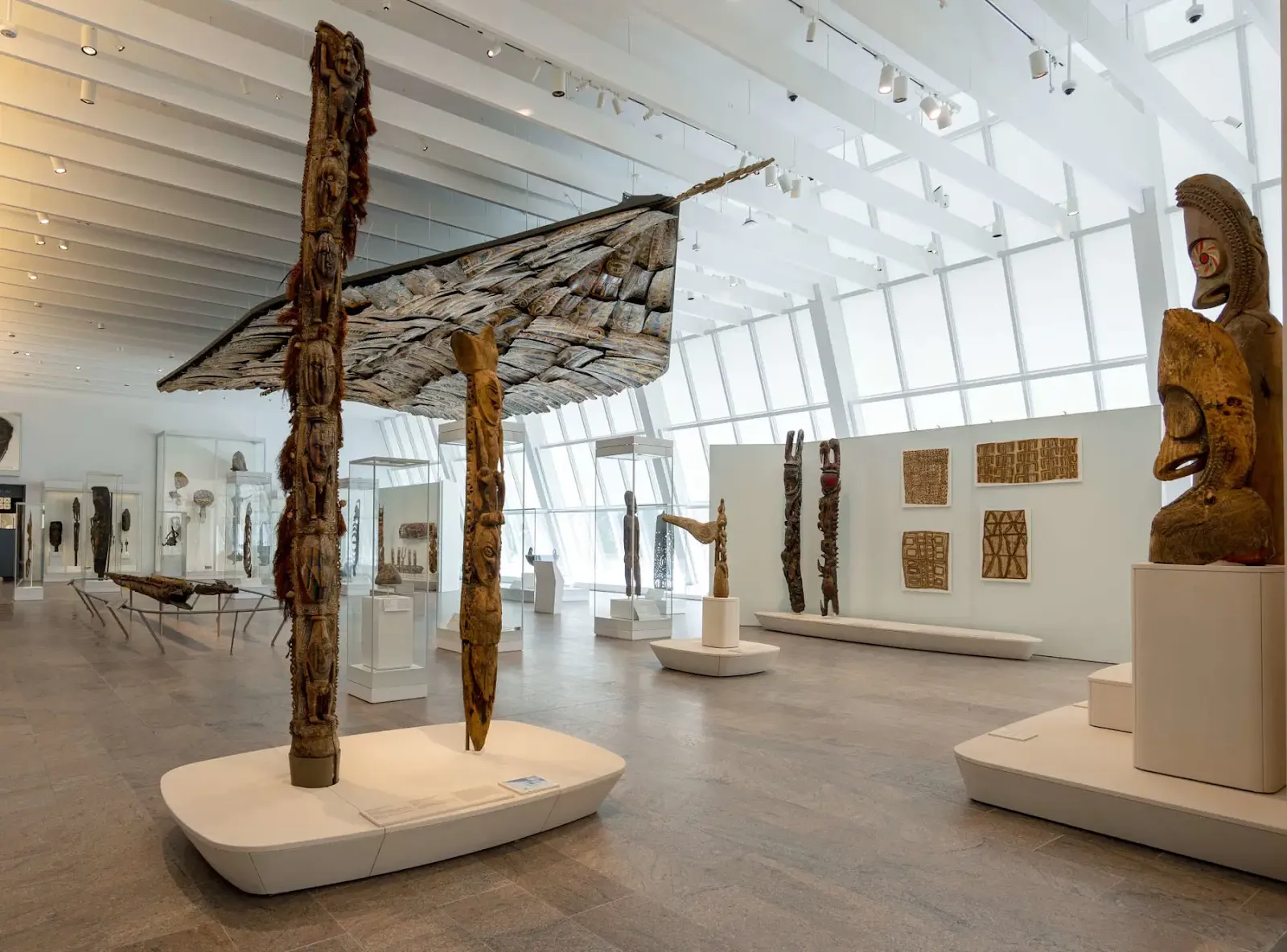
Architectural Intent, Cultural Impact
For architecture aficionados, the transformation of the Rockefeller Wing is a case study in restraint and integrity. The architectural language doesn’t shout. Instead, it whispers with purpose. Materials are neutral but tactile: stone floors, warm wood, and custom metalwork that complement the artworks without overshadowing them.
One particularly impactful gesture is the use of transparent partitions and variable sightlines. These allow visitors to experience the art as part of a spatial narrative, not a series of isolated stops. The design is immersive but never gimmicky.

Lighting, always a challenge in galleries dealing with light-sensitive materials, has been overhauled. Advanced LED systems now mimic daylight conditions while preserving works on barkcloth, wood, and other delicate organic materials. In places where natural light is introduced, it’s filtered through a high-performance glazing system engineered specifically for the wing.
Kulapat Yantrasast’s architectural philosophy, often described as “democratic design,” is felt in every detail. “We wanted to dissolve the boundary between the visitor and the artifact,” he noted in a walkthrough interview. “This is not about ‘us’ showing ‘them.’ It’s about us learning from these objects together.”

The Metropolitan Museum of Art has publicly acknowledged that some works in the collection have colonial-era origins. While the institution has not made sweeping restitutions, it has begun increasing transparency around provenance, and the new galleries include interpretive labels that explain acquisition histories.
This effort to grapple with historical context, however partial, is woven throughout the wing. Rather than treating these objects as relics of a vanished past, the Met now positions them as part of living, evolving traditions. This is especially evident in the inclusion of contemporary artists such as Vili artist Steve Bandoma or Māori sculptor George Nuku, whose works bridge ancient techniques with present-day commentary.

With over 7 million visitors annually, The Met remains one of the most influential art institutions in the world. The Rockefeller Wing’s rebirth is not simply a renovation. It’s a quiet revolution.
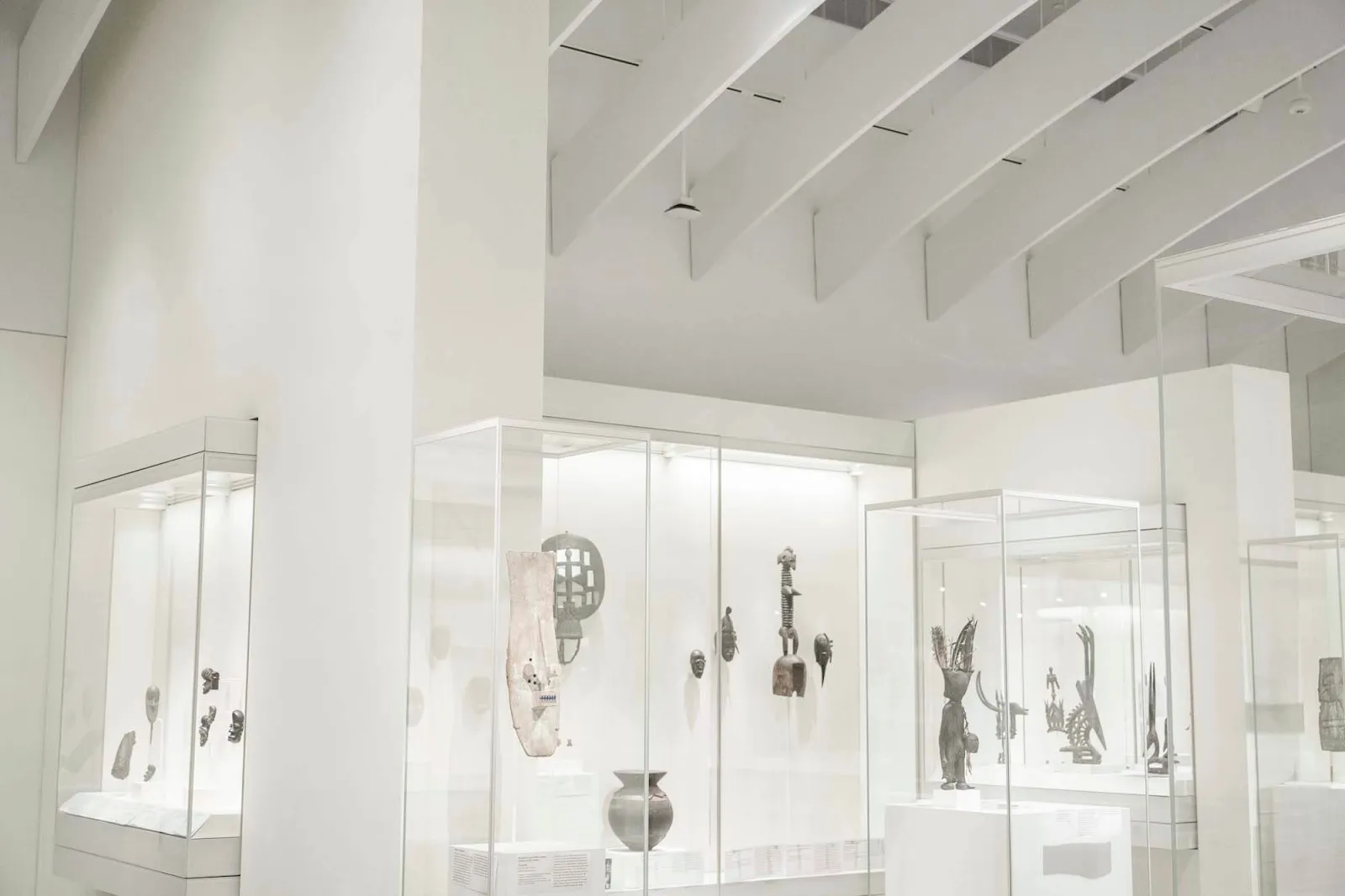
In a time when museums are rethinking their relevance and legacy, The Met’s reimagined Rockefeller Wing sets a new standard. It shows what’s possible when architecture, scholarship, and cultural sensitivity align. This is the museum of the future, built with the awareness and the humility of the present.




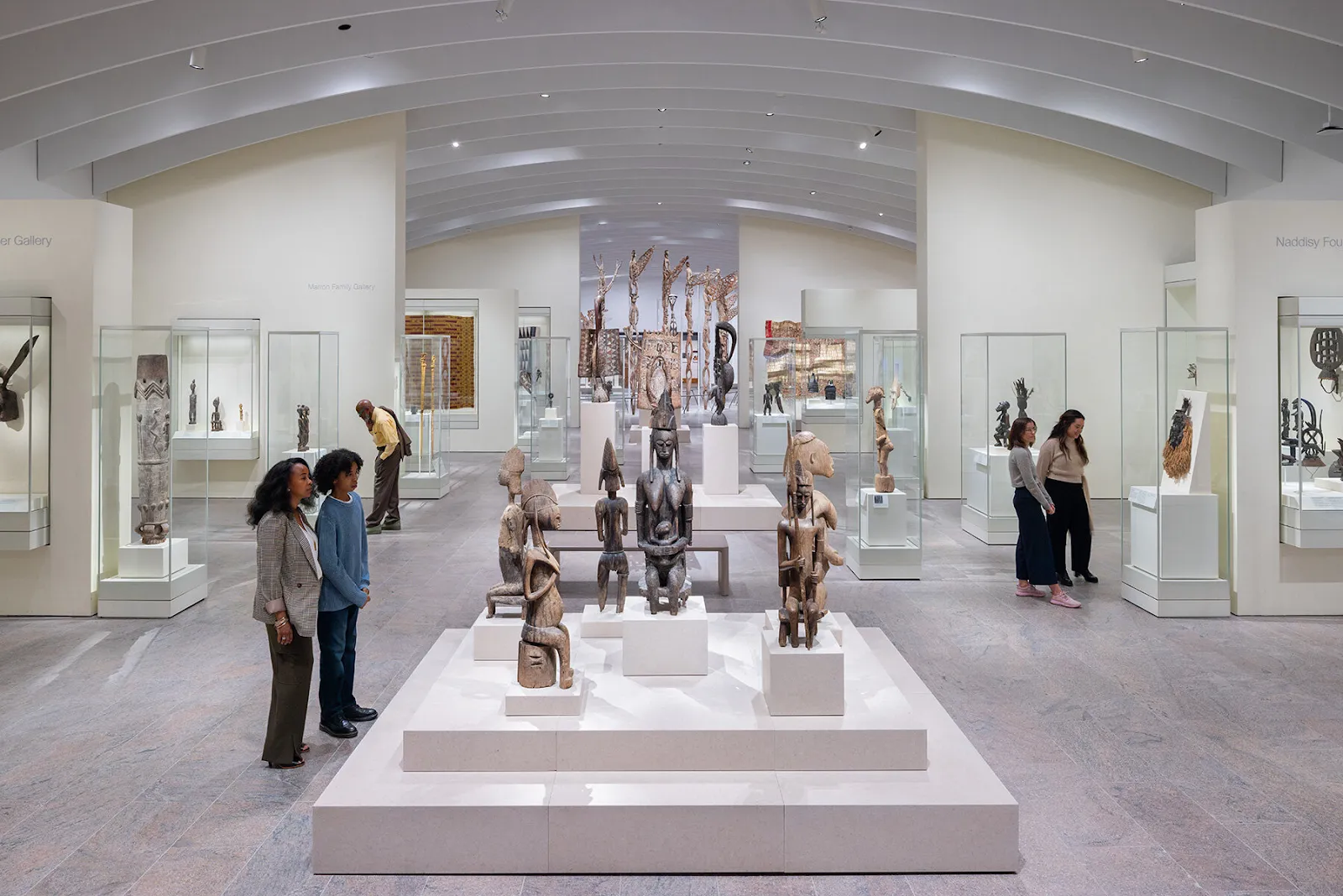



























Leave a comment